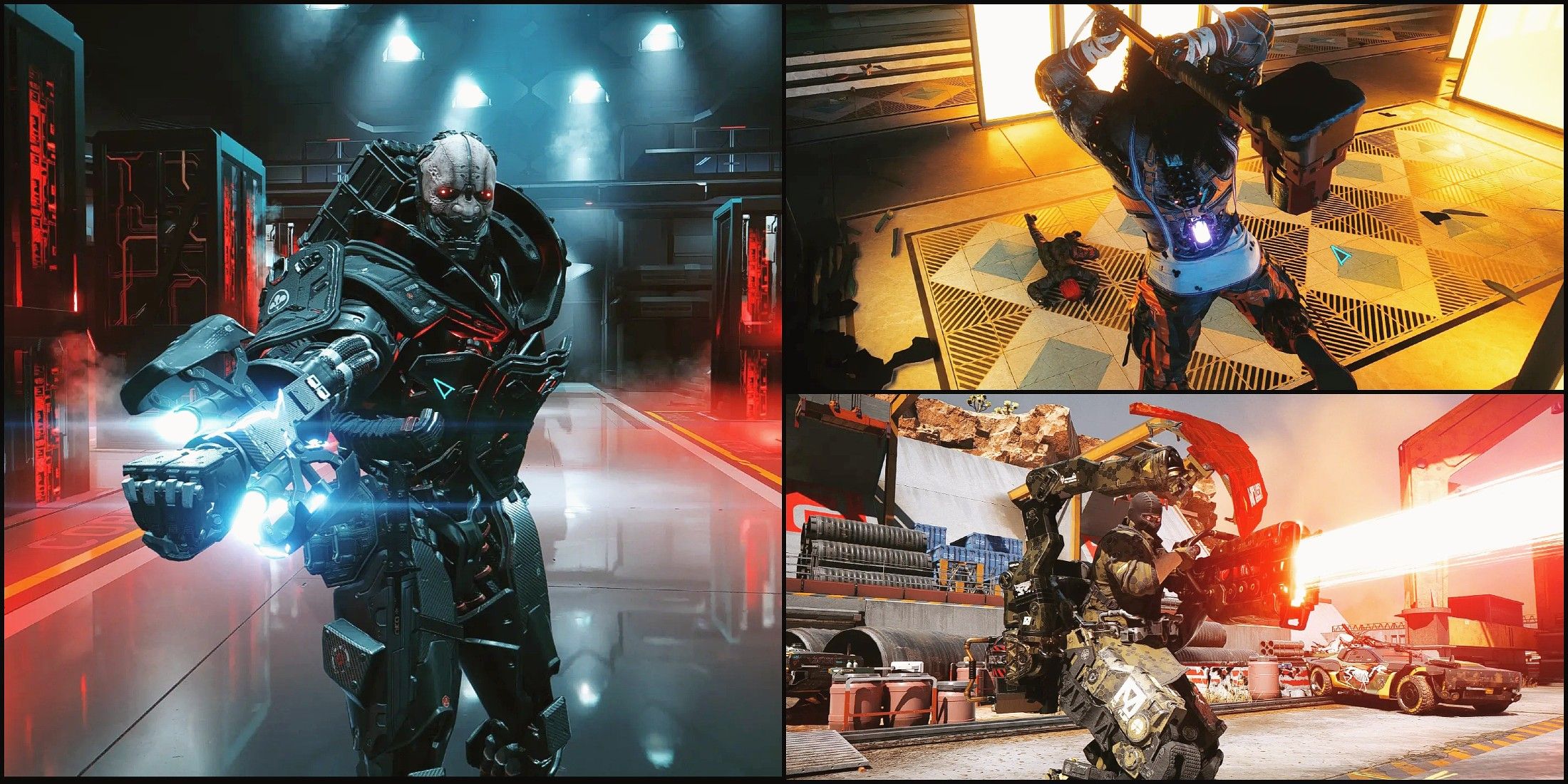What is a SCIF? Inside the high-security rooms that keep military secrets safe — unlike a Signal chat
www.businessinsider.com
As digital surveillance, hacking, and cyber espionage become more sophisticated, protecting the security of government communications is more important than ever.US officials typically have classified discussions within the walls of highly secure facilities to safeguard top-secret information from foreign adversaries.The same level of security, however, can't be provided by even encrypted messaging apps like Signal, which the Pentagon warns is vulnerable to hacking.Earlier this week, The Atlantic's editor in chief Jeffrey Goldberg was inadvertently added to a Signal group chat with Trump administration officials, including Vice President JD Vance and Defense Secretary Pete Hegseth, discussing plans for a military strike on Houthi rebels in Yemen.Trump officials deny that classified information was shared, but there are arguments to the contrary. They didn't include things like names and locations, but they did discuss time on station, weather conditions, target details, and strike packages for the mission.The extraordinary operational security failure underscored a deeply troubling, dangerous reality in modern national security some highly sensitive military conversations may not be happening inside a SCIF as they probably should.What is a SCIF?An aide enters the House Intelligence Committee's SCIF in the US Capitol. REUTERS/Aaron P. Bernstein The US government invests billions in building Sensitive Compartmented Information Facilities, or SCIFs (pronounced "skiff") highly secure rooms designed to safeguard sensitive discussions and operations from hacking and foreign surveillance.US military and intelligence officials use these SCIFs to have classified conversations about military strategy, intelligence gathering, and diplomatic negotiations.These facilities can be used to discuss any level of classified material, but they are specifically for Top Secret/Sensitive Compartmented Information (TS/SCI).What does a SCIF look like?The main meeting room table is seen in the White House Situation Room. Carlos Fyfe/The White House//Handout via REUTERS SCIFs can vary in size from a small room to an entire building, and the average cost per square foot for one of these rooms ranges between $350 and $1,000.Federal agencies like the CIA and NSA, as well as some US embassies and government offices, have SCIFs within their buildings.The US Capitol has a SCIF where congressional committees can host closed meetings or hearings. The SCIF in the White House commonly referred to as the Situation Room is one of the most well-known examples of a secure room. It's where the president and senior staff are often photographed monitoring significant international crises or coordinating US military operations overseas.How are SCIFs used remotely?Former President Barack Obama and national security advisor Susan E. Rice talk on the phone in a sensitive compartmented information facility (SCIF) in Havana. Official White House Photo by Pete Souza SCIFs are also constructed at some US military bases, either in permanent installations or within temporary facilities like shipping containers or tents.Hotel rooms and temporary accommodations for the president and other high-ranking government officials can often become SCIFs so they can participate in classified conversations at a moment's notice. In 2017, President Donald Trump and his security team set up a makeshift situation room at his Mar-a-Lago resort to monitor the US strikes on Syria.Some Cabinet-level members even have rooms in their homes converted into SCIFs equipped with essential government-approved teleconference equipment.What security measures are in place inside a SCIF?US Air Force airmen work inside a temporary sensitive compartmented information facility in Fort Smith, Arkansas. US Air National Guard US intelligence agencies have strict requirements for maintaining the airtight security expected from SCIFs, including restricting the construction of the secure rooms to American companies.Some SCIFs only allow personnel with proper security clearances to enter, restricting unauthorized access with security measures such as armed guards, biometric access, and 24/7 surveillance. Documents and other information remain confined inside the secure walls of the facility.Inside a SCIF, phones, laptops, smartwatches, and other communication devices are prohibited.The reinforced walls of a SCIF are typically soundproofed to prevent outside physical eavesdropping and covered in signal-shielding materials designed to control and block electronic eavesdropping.Why are military officials required to use SCIFs?A prototype mobile Secure Compartmented Information Facility (SCIF) is loaded onto a C-130 Hercules in Tucson. US Air National Guard Photo by Senior Master Sgt. Charles Givens Military officials are required to use government-approved compartmentalized environments like SCIFs for the highly sensitive information they handle.SCIFs enforce strict "need-to-know" protocols, reducing the risk of unauthorized access, unlike chat apps where users can accidentally be addedWhile Signal features the same kind of end-to-end encryption used by the US government, it can still be compromised. The app's popularity among troops and government officials makes it a prime target for hacking groups, prompting the Pentagon to issue an advisory on the vulnerabilities of the digital platform just days before The Atlantic published its initial bombshell report."It was a chilling thing to realize that I've inadvertently discovered a massive security breach in the national security system of the United States," Goldberg told NPR in the aftermath.President Donald Trump downplayed the serious national security breach as a "glitch" and said that no classified information was discussed in the chat, which was called "Houthi PC small group," PC standing for "principals committee."Hegseth doubled down on that particular point, arguing that "nobody was texting war plans" in the Signal chat. Michael Waltz, Trump's national security advisor who added Goldberg to the group, took "full responsibility" for the "embarrassing" security breach."There's a difference between inadvertent release versus careless and sloppy, malicious leaks of classified information," Director of National Intelligence Tulsi Gabbard testified during a congressional hearing.In response to these characterizations of the chat, The Atlantic later released the messages almost completely unredacted to allow people "to reach their own conclusions" about the significance of the content.The group chat included details like types of weapons to be used and expected times of impact, as well as strategic discussions over the duration of the operation."There is a clear public interest in disclosing the sort of information that Trump advisors included in nonsecure communications channels," The Atlantic wrote in the follow-up report, "especially because senior administration figures are attempting to downplay the significance of the messages that were shared."
0 Commentaires
·0 Parts
·38 Vue











